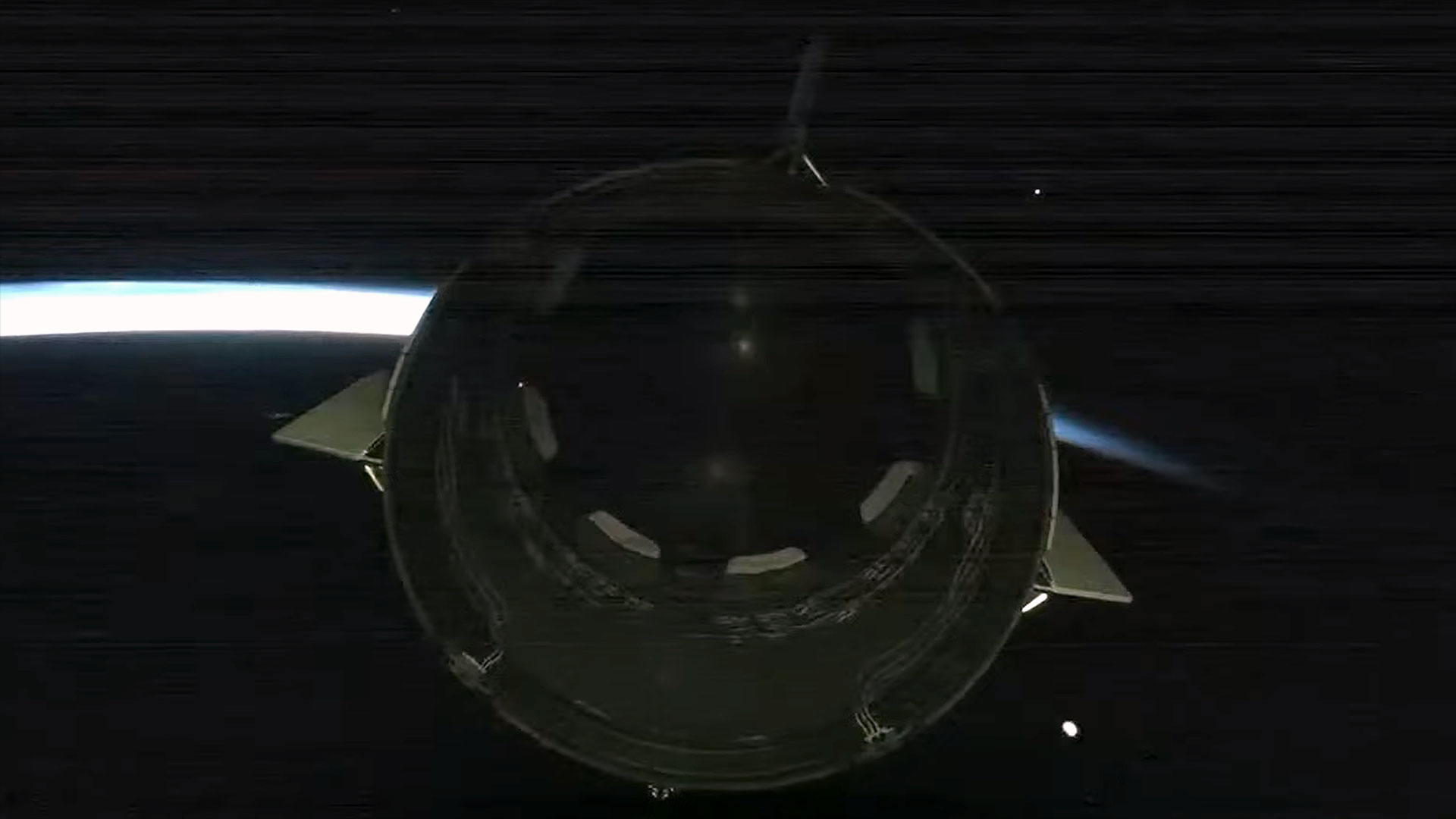8 ways we know that black holes really do exist
Black holes may sound like science fiction, but there is significant evidence to prove they are real.
Of all the far-out concepts in astronomy, black holes may be the weirdest. A region of space where matter is so tightly packed that nothing, not even light itself, can escape, these dark behemoths present a pretty terrifying prospect, too. With all the normal rules of physics breaking down inside them, it's tempting to dismiss black holes as the stuff of science fiction. Yet there's plenty of evidence — both direct and indirect — that they really do exist in the universe.
Einstein's "robust prediction"
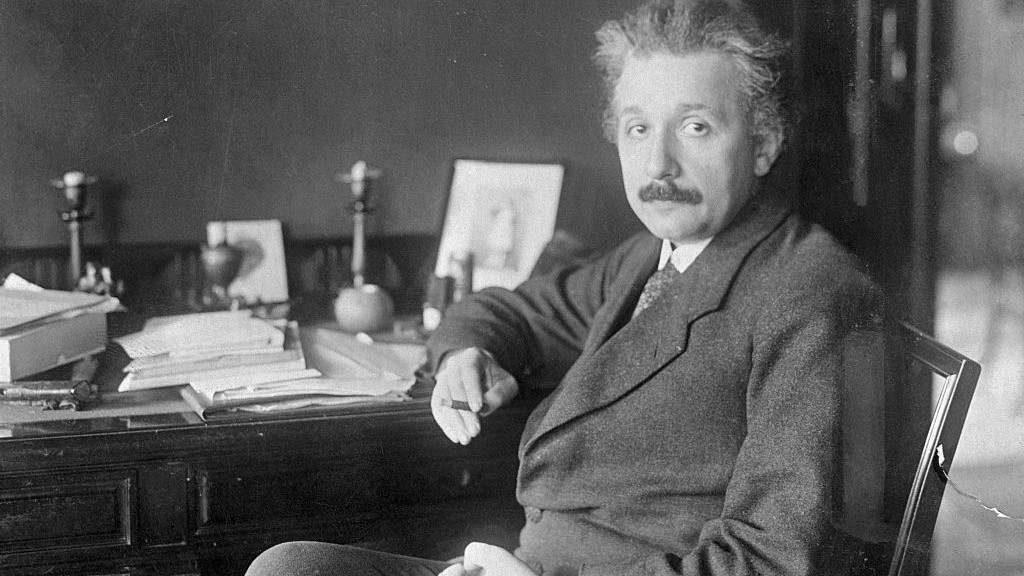
As a theoretical possibility, black holes were predicted in 1916 by Karl Schwarzschild, who found them to be an inevitable consequence of Einstein's theory of general relativity. In other words, if Einstein's theory is correct — and all the evidence suggests it is — then black holes must exist. They were subsequently put on even firmer ground by Roger Penrose and Stephen Hawking, who showed that any object collapsing down to a black hole will form a singularity where the traditional laws of physics break down, according to the University of Cambridge. This has become so widely accepted that Penrose was awarded a share in the 2020 Nobel prize in physics "for the discovery that black hole formation is a robust prediction of the general theory of relativity."
Gamma-ray bursts
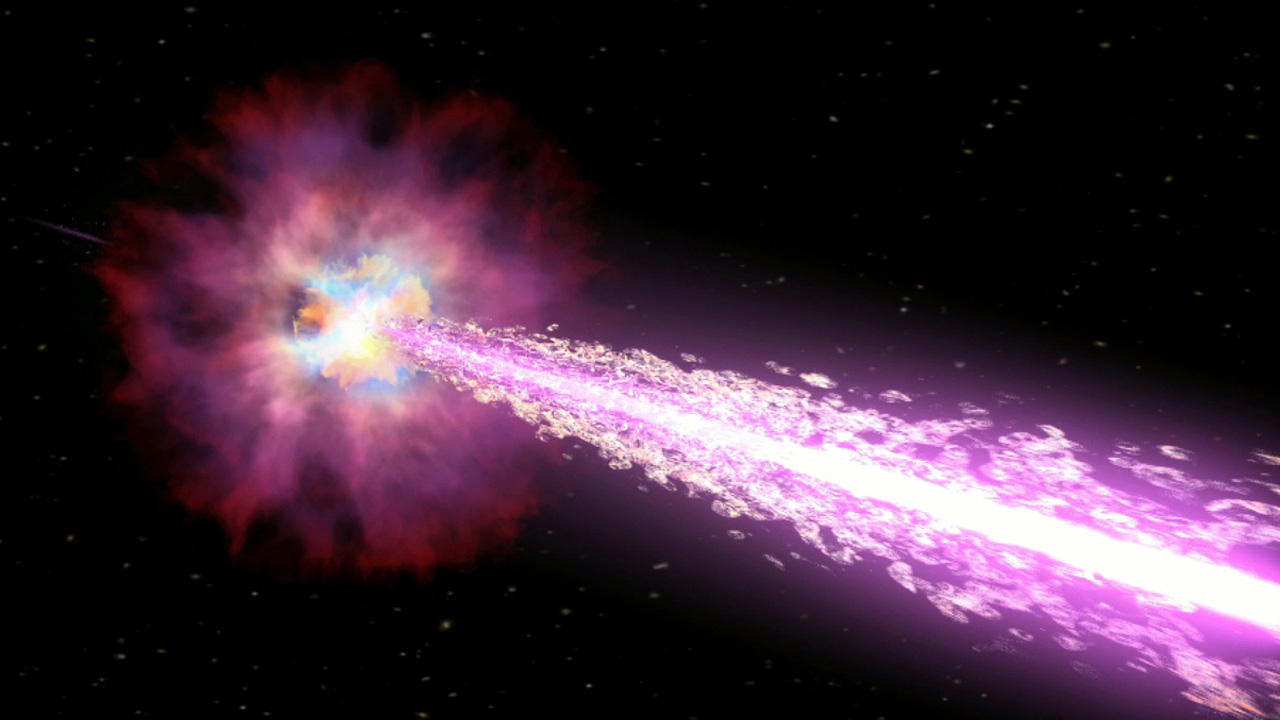
In the 1930s, Indian astrophysicist Subramanian Chandrasekhar looked at what happens to a star when it has used up all its nuclear fuel, according to NASA. The end result, he found, depends on the star's mass. If that star is really big, say 20 solar masses, then its dense core — which may itself be three or more times the mass of the sun — collapses all the way down to a black hole, according to NASA. The final core collapse happens incredibly quickly, in a matter of seconds, and it releases a tremendous amount of energy in the form of a gamma-ray burst. This burst can radiate as much energy into space as an ordinary star emits in its entire lifetime. And telescopes on Earth have detected many of these bursts, some of which come from galaxies billions of light-years away; so we can actually see black holes being born.
Gravitational waves
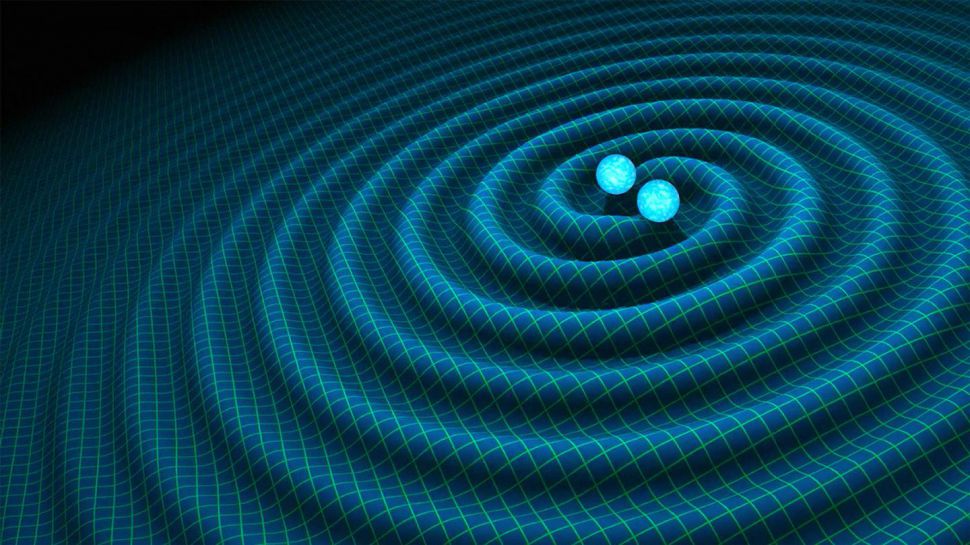
Black holes don't always exist in isolation — sometimes they occur in pairs, orbiting around each other. When they do, the gravitational interaction between them creates ripples in space-time, which propagate outward as gravitational waves — another prediction of Einstein's theory of relativity. With observatories like the Laser Interferometer Gravitational-Wave Observatory and Virgo, we now have the ability to detect these waves, Live Science sister site Space.com reported. The first discovery, involving the merger of two black holes, was announced back in 2016, and many more have been made since then. As detector sensitivity improves, other wave-generating events besides black hole mergers are being discovered — such as a crash between a black hole and a neutron star, which took place way beyond our own galaxy at a distance of 650 million to 1.5 billion light-years from Earth, Live Science reported.
Invisible companion

The short-lived, high-energy events that produce gamma-ray bursts and gravitational waves may be visible halfway across the observable universe, but for most of their lives black holes, by their very nature, will be almost undetectable. The fact that they don't emit any light or other radiation means they could be lurking in our cosmic neighborhood without astronomers being aware of it. There's one sure-fire way to detect the dark beasts, though, and that's through their gravitational effects on other stars. When observing the ordinary-looking binary system, or pair of orbiting stars, known as HR 6819 in 2020, astronomers noticed oddities in the motion of the two visible stars that could be explained only if there was a third, totally invisible, object there. When they worked out its mass — at least four times that of the sun — the researchers knew there was only one possibility left. It had to be a black hole — the closest yet discovered to Earth, a mere thousand light-years away inside our own galaxy, as Live Science reported.
X-ray vision
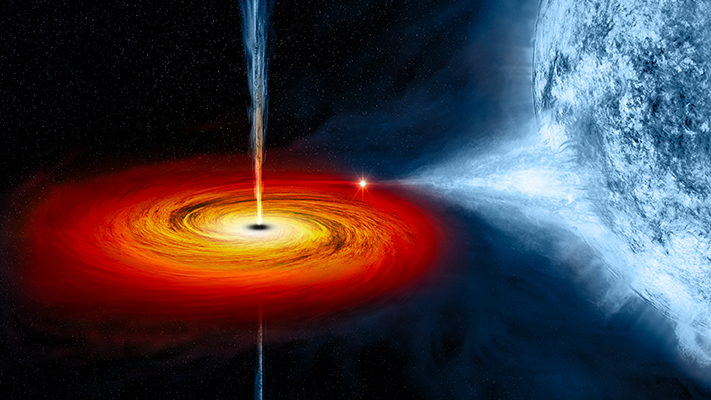
The first observational evidence for a black hole emerged in 1971, and this too came from a binary star system within our own galaxy. Called Cygnus X-1, the system produces some of the universe's brightest X-rays. These don't emanate from the black hole itself, or from its visible companion star — which is enormous, at 33 times the mass of our own sun, according to NASA. Rather, matter is constantly being stripped from the giant star and dragged into an accretion disk around the black hole, and it's from this accretion disk, NASA said, that the X-rays are emitted. As they did with HR 6819, astronomers can use observed star motion to estimate the mass of the unseen object in Cygnus X-1. The latest calculations put the dark object at 21 solar masses concentrated into such a small space that it couldn't be anything other than a black hole, Live Science reported.
Supermassive black holes
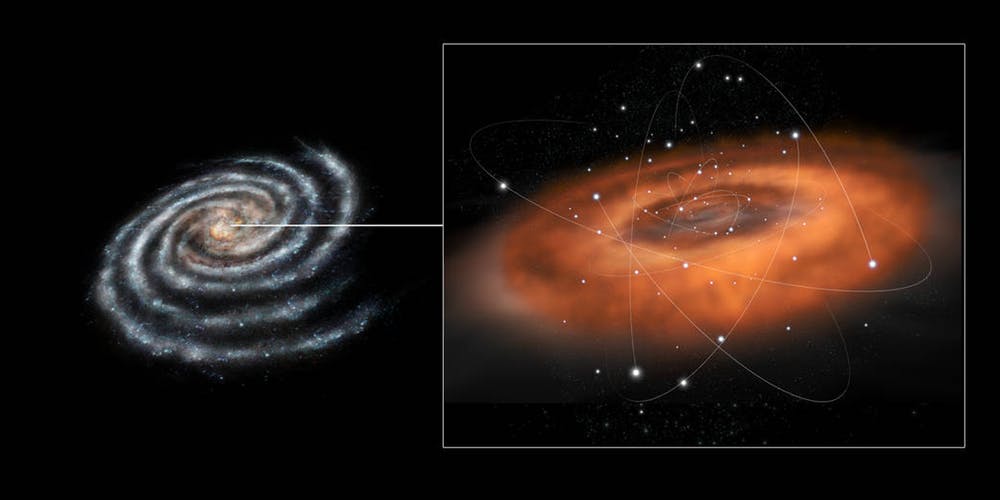
In addition to black holes created through stellar collapse, evidence suggests that supermassive black holes, each millions or even billions of solar masses, have been lurking in the centers of galaxies since early in the history of the universe, Live Science reported. In the case of so-called active galaxies, the evidence for these heavyweights is spectacular. According to NASA, the central black holes in these galaxies are surrounded by accretion disks that produce intense radiation at all wavelengths of light. We also have evidence that our own galaxy has a black hole at its center. That's because we see the stars in that region whizzing around so fast — up to 8% of the speed of light — that they must be orbiting something extremely small and massive. Current estimates put the Milky Way's central black hole somewhere around 4 million solar masses.
Breaking space news, the latest updates on rocket launches, skywatching events and more!
Spaghettification
Another piece of evidence for the existence of black holes is … spaghettification. What, you might wonder, is spaghettification? It's what happens when you fall into a black hole, and it's pretty self-explanatory. You get stretched out into thin strands by the black hole's extreme gravitational pull. Luckily, that's not likely to happen to you or anyone you know, but it may well be the fate of a star that wanders too close to a supermassive black hole, Live Science reported. In October 2020, astronomers witnessed this shredding — or at least, they saw the flash of light from a hapless star as it was ripped apart. Fortunately, the spaghettifying didn't happen anywhere near Earth, but instead in a galaxy 215 million light-years away.
And finally — a direct image
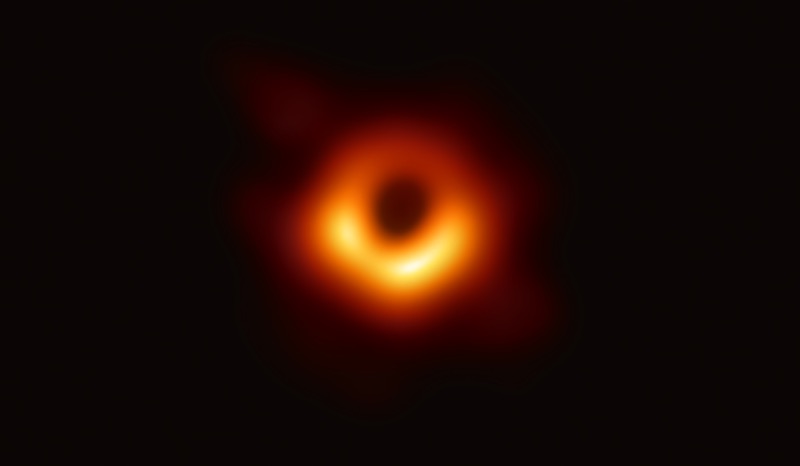
So far we've had plenty of compelling indirect evidence for black holes: bursts of radiation or gravitational waves, or dynamical effects on other bodies, that couldn't have been produced by any other object known to science. But the final clincher came in April 2019, in the form of a direct image of the supermassive black hole at the center of active galaxy Messier 87. This stunning photo was taken by the Event Horizon Telescope — a slightly misleading name, because it consists of a large network of telescopes scattered all over the world rather than a single instrument. According to NASA, the more telescopes that can participate, and the more widely spaced they are, the better the final image quality. The result clearly shows the dark shadow of the 6.5 billion-solar-mass black hole against the orange glow of its surrounding accretion disk, as reported by Live Science.
Originally published on Live Science.
Join our Space Forums to keep talking space on the latest missions, night sky and more! And if you have a news tip, correction or comment, let us know at: community@space.com.

Andrew May holds a Ph.D. in astrophysics from Manchester University, U.K. For 30 years, he worked in the academic, government and private sectors, before becoming a science writer where he has written for Fortean Times, How It Works, All About Space, BBC Science Focus, among others. He has also written a selection of books including Cosmic Impact and Astrobiology: The Search for Life Elsewhere in the Universe, published by Icon Books.

